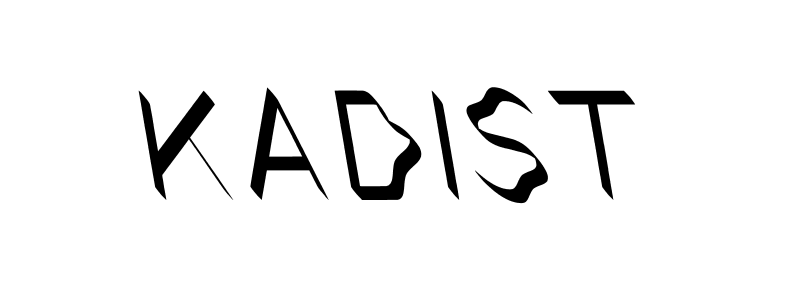Dilemma, three way of fork in the road
2007 - Film & Video (Film & Video)
Jianwei Wang
In Dilemma: Three Way Fork in the Road , Wang references Peking opera in a re-interpretation of traditional text. The performance begins with two broad-knife-wielding characters circling each other in conventional operatic steps. Oblivious to the presence of these two on stage, additional characters, in a mix of period costume and contemporary dress, enter the stage in increasing droves to consume a various of foods laid out on a table until they collapse and pile on top of each other. Invoking the traditional Chinese theatrical trope of a “three-way fork in the road,” the piece ruminates on the representation of the visible and the invisible and the simultaneity of past and present as critical reflection on the shortcomings of both antiquarianism and technocratic modernity.
Born in Sichuan Province, China in 1958, Wang Jianwei was trained as a painter at the Zhejiang Academy of Fine Arts (current China Academy of Fine Arts) in Hangzhou. Despite displaying technical virtuosity as a painter, Wang chose a working method that combines video, film and theater. Interested in combining the mundane, the historical, and the mythological, Wang’s works range from depicting the “plight of peasants occupying an abandoned housing project in Sichuan Province to films of post-1949 China during the height of Communist fervor and stories from the Tang Dynasty.” Particularly, poignant is the cognitive dissonance formed between presentations of the past and present in Wang’s work.
Colors:
Related works featuring themes of: » Animation, » Architecture in Art, » Art That Plays With Scale, » China, » City Scenes, » Chinese
» see more

© » KADIST
Lin Yilin
Golden Bridge is part of “Golden Journey”, a series of site-specific performances and installations created during Lin’s residency at Kadist San Francisco...

© » KADIST
Zhang Peili
2008In the video installation A Gust of Wind , Zhang continues to explore notions of perspective and melds them seamlessly with a veiled but incisive social critique...

© » KADIST
Du Zhenjun
2010The Tower of Babel is an installation of large-format photographs that forces the audience to occupy a central position through its monumental scale...
Other related works, blended automatically
» see more

© » KADIST
Lin Yilin
Golden Bridge is part of “Golden Journey”, a series of site-specific performances and installations created during Lin’s residency at Kadist San Francisco...

© » KADIST
Yang Xinguang
2009Although seemingly unadorned at first glance, Yang Xinguang’s sculptural work Phenomena (2009) employs minimalist aesthetics as a means of gesturing towards the various commonalities and conflicts between civilization and the natural world...

© » KADIST
Chen Shaoxiong
2007After engaging primarily with video and photography for more than a decade, Chen turned to painting to explore the issue of urban change and memories—both personal and collective...
Related works sharing similar palette
» see more

© » KADIST
In New Mexico, Camacho investigated the reasons why the inhabitants of a village decided to change its name Truth or Consequences in the 50’s; with Group Marriage, an on-going project as part of the Amsterdam Spinoza Manifestation (2009), he petitions the Dutch parliament to open civil marriage to groups of citizens who would marry each other...

© » ARTS EQUATOR
From dream to dystopia: The cultural critic in the age of pandemic | ArtsEquator Thinking and Talking about Arts and Culture in Southeast Asia Articles Ryuji Miyamoto May 21, 2020 By Katrina Stuart Santiago (1,000 words, 6-minute read) February 2020 seems like years ago, and it feels like escapism to even go back to that time...
Related works from the » 2000's created around » Beijing, China
» see more

© » KADIST
Jiang Pengyi
2008Unregistered City is a series of eight photographs depicting different scenes of a vacant, apparently post-apocalyptic city: Some are covered by dust and others are submerged by water...

© » KADIST
Lu Chunsheng
2004A mesmerizing experience of a vaguely familiar yet remote world, History of Chemistry I follows a group of men as they wander from somewhere beyond the edge of the sea through a vast landscape to an abandoned steel factory...

© » KADIST
Pak Sheung Chuen
2008Pak created New York Public Library Projects (NYPLP) (2008) during a residency in New York, using public libraries as exhibition spaces and the books they house as raw materials...
Related works found in the same semantic group
» see more

© » KADIST
Gabriel Pericas
2014“Weight & velocity (cat on router)” is a duo of two humorous photographs of a cat lying on a computer router...







